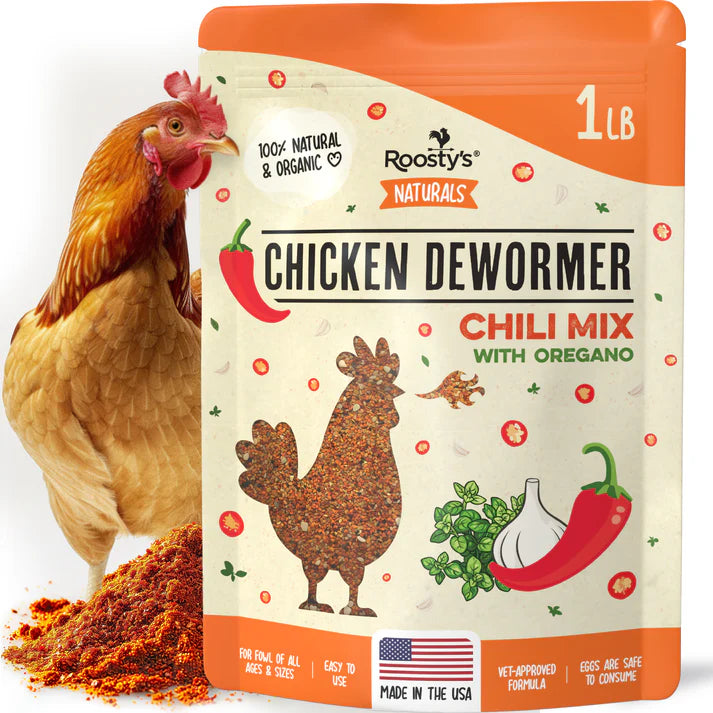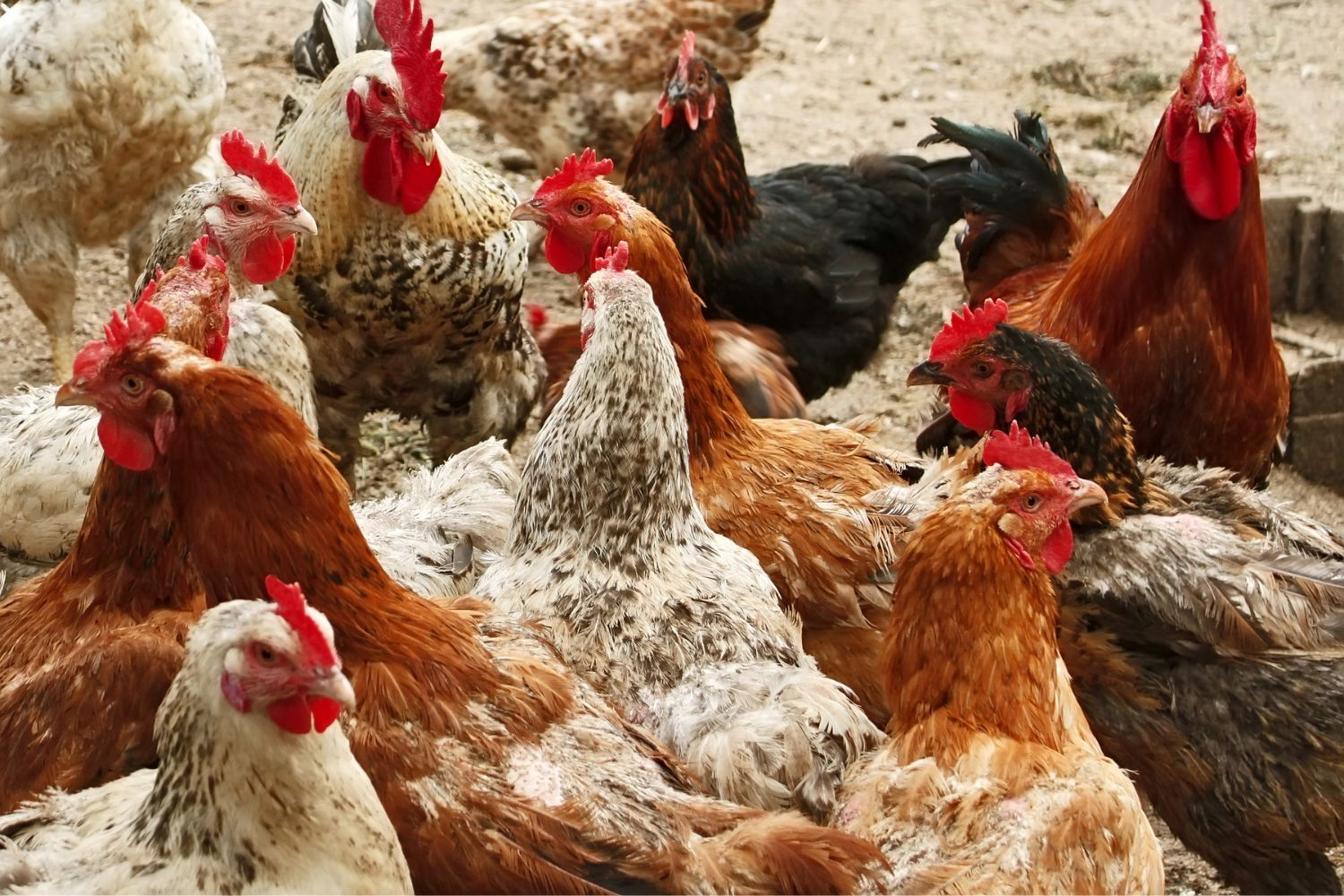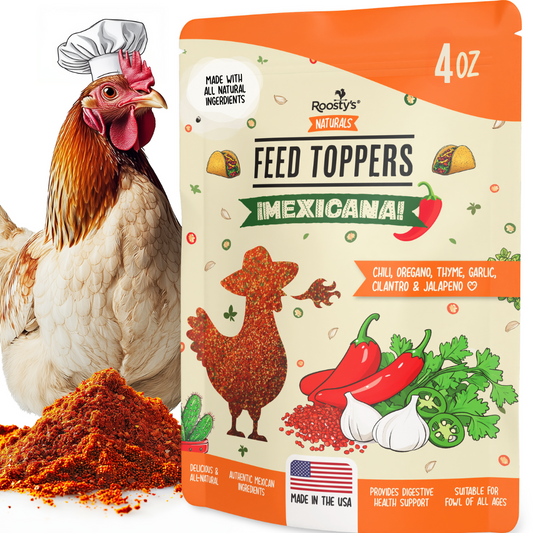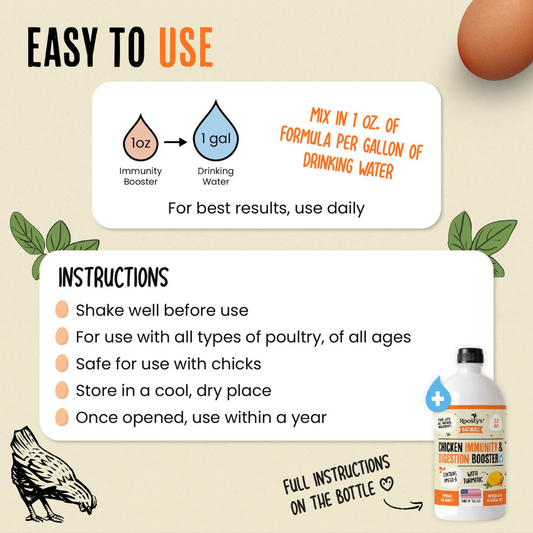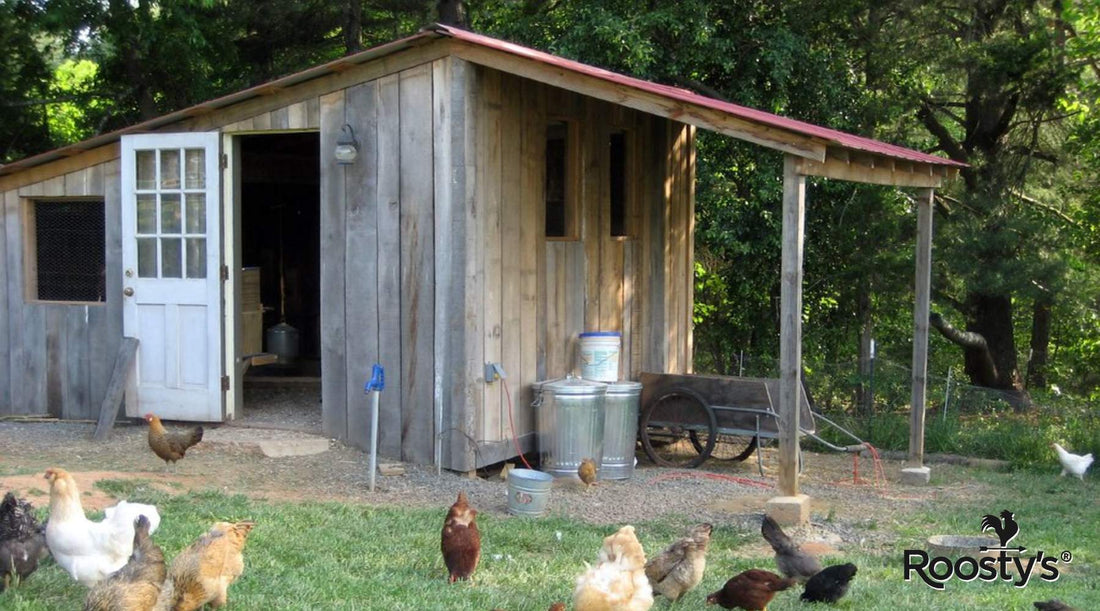
Build A Chicken Coop: A Step-by-Step Guide For Beginners

So you want to keep chickens? Good for you! Raising chickens is a very rewarding and fun experience, and you’ll be sure to learn a lot along the way.
‘Backyard chickens’ are rising in popularity, starting with the pandemic, followed by severe avian flu rates causing a shortage of eggs, in addition to increased prices.
People who’ve made the move to adopt chickens will tell you of the joys they bring, with each one having its own personality. For many people, a healthy supply of fresh eggs is just a bonus.
The good news is that getting started with your chicken journey couldn’t be simpler, and the first place to start is by building a chicken coop. This task is easy and affordable and will help ensure your chickens have the perfect place to make their home.
Take a look at our step-by-step guide to how to build a chicken coop and get ready to build the perfect home for your feathered friends.
1. Choosing the Right Location
Choosing the right location for your chicken coop is one of the most elements of building a chicken coop.
The location you choose will not only help keep your chickens safe, but it will also help them stay happy and healthy. Some of the things to consider when choosing where to place your chicken coop include:
Sunlight
Sunlight is essential for chickens - it helps them stay healthy and produce eggs. The space should receive adequate sunlight throughout the day, but especially first thing in the morning.
Shade
While sunlight is important, it’s also important that the coop has shaded areas for the chickens to rest in, especially during the summer months when the temperatures heat up.
Security
Chickens are at risk of all sorts of predators, which is why it’s important to keep your chickens properly protected.
Many people install fencing or wire mesh around the coop to help deter predators such as foxes or raccoons.
You could also install some motion sensor lights or cameras to alert you to any predators that may approach the coop.
Accessibility
Your chicken coop should be placed within easy reach of your home. This will make it easier to feed your chickens, clean out the coop and collect eggs - especially during the winter months.
You may want to keep your coop away from living areas to keep noise and odors to a minimum.
Drainage
Drainage is another important factor when choosing where to place your chicken coop.
When it rains, you want to ensure the water can drain away easily, helping to protect the coop while preventing health issues that can be caused by damp environments.
Protection from wind
A little breeze is great for keeping a coop well-ventilated, but too much wind can leave a coop drafty and cold for your chickens.
Place your coop somewhere where it will be sheltered from strong winds, helping to keep the space comfortable.
Neighbors
Chickens can make a great addition to your home, but they may not be welcome by your neighbors. If possible, try to keep your chickens away from areas where they may disturb your neighbors.
This will help reduce the risk of complaints, and you can always offer them some fresh eggs regularly to help keep the peace.
2. Gathering Necessary Materials
There are many types of chicken coops you can build, depending on your available space and the features you wish to add. But generally, most chicken coops will need the following materials:
- Wood - You’ll need various sizes of lumber, including some 2x4s, to build the frame and some 1x4s for cladding. You will also need some plywood to help build the walls and roof of your coop.
- Roofing materials - A solid, sturdy roof is a must for your chicken coop to protect against the elements and keep your chickens safe. You could choose from a variety of materials, including asphalt shingles, metal roofing, or plastic corrugated sheets.
- Nails, screws, and fasteners - These are essential materials that will help you put your coop together and keep it secure.
- Wire mesh - Wire mesh with small openings will provide plenty of ventilation for your chickens, while making it difficult for predators to access the coup.
- Hardware cloth - Another type of mesh you can use to protect your coop, especially areas such as windows and vents. This can deter smaller predators such as snakes or rodents.
- Insulation - If you live in a cooler climate, adding some insulation can help you regulate the coop’s temperature, especially in winter.
- Windows and vents - Windows and vents protect against the weather, but they also provide light for your chickens. You can choose between different materials, including glass and acrylic, to provide windows for your coop.
- Nesting boxes - Nesting boxes provide a safe and comfortable space for your chickens to lay their eggs and are generally made from wood to provide stability. Adding chicken nesting pads can help protect the eggs and prevent them from cracking on hard surfaces.
- Perches - Perches made from wood give your chickens somewhere to roost at night. You may need to install different lengths and put them at different heights to help chickens roost comfortably.
- Secure doors and latches - A strong and secure door will give your chicken coop some extra security from predators, and prevent them from escaping at night.
- Bedding - Bedding materials such as straw, wood shavings, and sand can help your chickens stay comfortable. Your bedding should be easy to remove and replace so you can keep the coop clean.
- Feeding and watering equipment - Providing fresh supplies of food and water can help you take good care of your chickens. Feeders and drinkers ensure your chickens always have what they need and can help you keep your coop cleaner.

The materials you need for your chicken coop will vary according to your build, so you’ll need to think carefully about the type of coop you want to build to help you build a coop that’s not only within your budget, but your capabilities too.
3. Designing Your Coop Layout
One of the most enjoyable parts of building a chicken coop is deciding on your coop layout.
You’ll need to decide how many chickens you plan to keep, as this will help you decide on the size of your coop, as well as how many nesting boxes you’ll need.
Generally, chickens require at least 3 square feet of floor space per chicken, although 4 square feet will provide your chickens with a more comfortable living area.
However, you will need separate, additional space for your nesting boxes, feeder, and perches. You should also consider a design that allows you to expand if you decide to keep additional chickens.
Your design should incorporate space for ventilation and windows, and a suitable entrance. You will also want to include your outdoor space in your design, including the appropriate fencing to help protect your chickens from predators.
The simplest way to design your chicken coop is to sketch it on paper. You can then begin to work out measurements and begin constructing your coop.
4. Constructing the Coop Frame
Your coop design should help you plan all the materials you need ready to begin construction. A visit to the hardware store will help you gather everything you need, and cut to size to help you save time.
Take your time to construct your frame. It should be sturdy and secure to help provide a solid foundation for the rest of the coop. This will also make the rest of your construction much simpler, saving you time and money.
5. Adding Essential Features
With your frame in place, you can get to work adding the essential features for your coop. Dividing the coop into different zones can help you ensure your coop provides everything your chickens need to live happily and comfortably.
Roosting perches
Roosting is how chickens sleep at night. Having some sturdy, elevated perches will give your chickens somewhere safe and secure to sleep.
Chickens will need between 8 and 12 inches of space to make sure they can sleep comfortably. Perches should be distributed at different heights, helping to give chickens options to meet their sleeping preferences.
Nesting boxes
Nesting boxes provide somewhere comfortable to lay their eggs. You should install one nesting box per 3–4 hens. Nesting boxes should be placed in a dark, quiet area of your coop to help encourage egg laying.
Ventilation
Ventilation is essential for your chicken coop. It will help you prevent moisture buildup within the coop, avoiding respiratory issues and mold buildup. Nobody wants to have to deal with mold!
The vents should be placed higher up in the coop to let hot air to rise and escape.
Windows
The coop’s windows allow natural light in, something that’s vital for your chickens’ wellbeing. Your window placement can also help you add some stylish features to your coop to create your ideal design.
Secure flooring
The right flooring can help make your coop easier to clean, while also protecting your chickens from moisture and pests. Gravel is a popular choice, while raised wooden floors can also be a suitable flooring option.
Entrance
Your entrance should be placed somewhere that’s easily accessible, allowing you to clean and feed your chickens and collect eggs as needed. Your entrance should be secure and difficult to open by anyone other than yourself to help keep your chickens in and predators out.
Predator-proofing
Every access point to your coop needs to be secured against predators. Using your wire mesh and other materials, you can block off the entrances and make it harder for common predators to get through.
Outdoor run
Your chickens should get plenty of opportunities to spend time outdoors. There should be room for them to roam, scratch, and peck - keeping them active throughout the day. This area should include shade and shelter to help protect the chickens from the elements.
Dust bath
A dust bath helps encourage dust bathing for your chickens - a natural behavior to help them clean their feathers and deter pests. You can use sand or loose soil and refresh it regularly to keep your chickens happy.
Feeding and drinking stations
Your chickens should have easy access to food and water. This makes it easier for them to eat and drink throughout the day, helping to keep them happy.
With the right feeder and water stations, you can help protect your chicken feed from pests, and help maintain a cleaner environment for your chickens.
6. Ensuring Proper Ventilation
We’ve touched upon ventilation already, but why is it so important for your chicken coop? Some of the benefits of proper ventilation for your chicken coop include:
Helps maintain fresh air
Fresh air is very important for your chickens. Having the right ventilation will help remove stale air, and keep your coop much fresher.
Maintains a regular temperature
With the right ventilation, you can regulate your coop’s temperature - making it comfortable for your chickens throughout the seasons. When it’s hot, ventilation will help keep your chickens cool, especially at night, while ventilation can prevent the buildup of moisture that could lead to frostbite and other issues that can severely impact the health of your chickens.
Controls humidity
With ventilation, you can stop your coop from becoming too humid. Humidity causes damp to build up, impacting your chickens’ bedding, and leading to the growth of mold and bacteria - which can also attract pests.
Prevents respiratory issues
Mold can cause respiratory issues for chickens, leading to some serious health complications. With some ventilation, these problems can be limited, as well as the spread of other viruses like avian flu.
Reduces ammonia
Chicken waste produces ammonia, which can soon build up without proper ventilation. The fumes from ammonia can cause health issues for birds, animals and people, including lung damage and digestive tract issues. With adequate ventilation, ammonia fumes are dispersed for a healthier environment for you and your chickens.
Helps control odors
Chicken coops can soon develop odors, caused by waste, damp bedding and more. This can impact your home’s living areas, and potentially impact your neighbors too. With fresh air flowing through the coop, you can keep odors at bay.
On a side note, it’s important to clean your coop regularly to help prevent the mess that can cause odors to develop in the first place.
Keeps bedding dry
Dry bedding keeps your chickens happy, warm and comfortable. Over time, moisture can cause bedding to develop mold and bacteria, leaving your chickens at risk of sickness. Ventilation helps bedding dry out, especially during the day when it’s warmer outside.
Prevents damp
Damp could spell bad news for your chicken coop. Damp can cause wood and other materials to weaken and eventually rot, causing permanent damage to your coop. You can further damp-proof your coop using specialist paints that protect against damp and different weather conditions.
Leads to better health and wellbeing
Ventilation is key for your chickens’ overall health and wellbeing. It will help them stay fresh, keep them dry and comfortable and prevent them from developing diseases and respiratory conditions.
Prolongs the lifespan of your coop
Ensuring your coop has adequate ventilation will help you preserve your coop, prolonging its lifespan. You’ve worked hard to build it - so why wouldn’t you want to protect it? Ventilation can help prevent avoidable damage, saving you time and money in the long run.

7. Installing Protective Fencing
When you’re thinking about how to build a chicken coop, you must consider your protective fencing carefully. The security of your chickens is vital, and there are a lot of predators that are out to get them. With the right materials, you can create fencing that’s difficult to tear or chew through, while small openings will make it difficult for the smallest of predators to get through.
Protective fencing should be tall enough to stop different types of predators, but it should also be deep enough to prevent them from accessing it from underneath. Try to bury your fencing at least 6–12 inches deep to help keep your coop as secure as possible.
Your fencing should be checked and maintained regularly to help ensure there are no signs of weakness or damage. Don’t hesitate to reinforce your fencing as needed to keep your chickens safe.
8. Maintaining a Clean Coop
With your chicken coop fully built and in place, all you need to do now is worry about the maintenance. A clean coop will have many benefits for your chickens’ health and wellbeing, and with the right routine, you can keep on top of things easily. Some of the steps you can take to maintain a clean coop include:
Daily
- Check on your chickens to make sure they’re all healthy and happy.
- Collect any eggs that have been laid.
- Remove soiled bedding and any visible waste.
Weekly
- Clean the coop thoroughly
- Replace all soiled bedding with fresh, clean bedding.
- Clean out nesting boxes and refresh bedding as needed.
- Clean out your feeders and drinkers.
- Keep an eye out for any debris or pests.
Monthly
- Deep clean the coop to get rid of any dirt and grime that’s built up.
- Empty the coop so you can clean the walls, floors and surfaces.
- Give the coop a good airing before adding fresh bedding.
Learning how to build a chicken coop will help you create a warm, safe and welcoming space for your chickens.
Make sure you’ve got all of the basic elements in place to maintain their health and wellbeing, while also helping your chickens live their best lives.
At Roosty’s, we sell a range of products to help you care for your chickens, so why not explore our collection and start kitting out your new coop?
